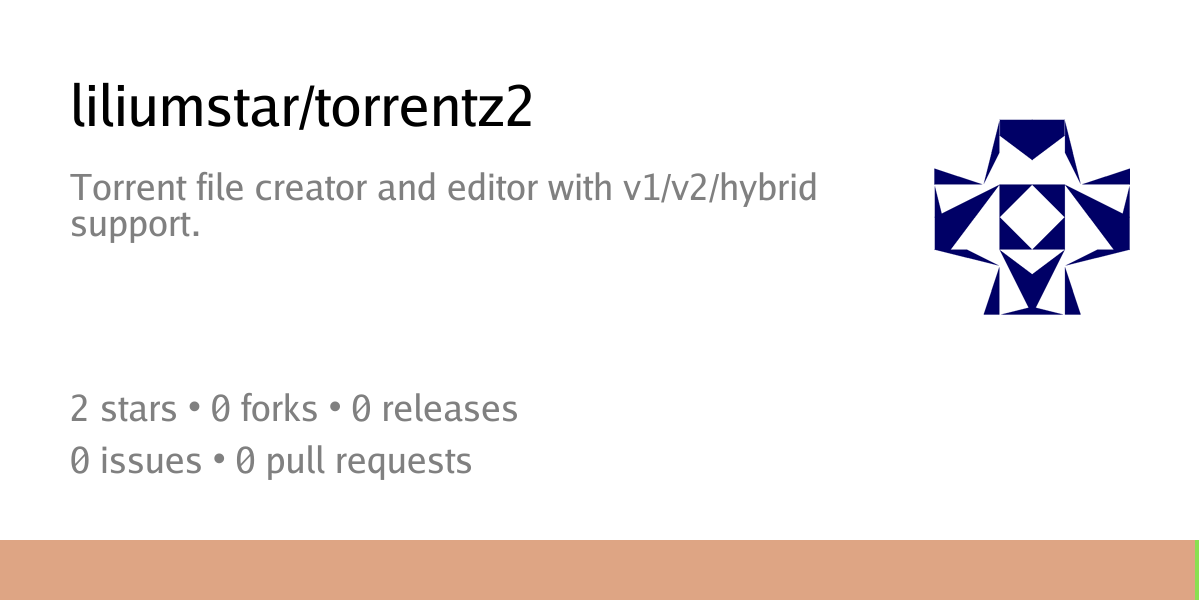- 1 Post
- 13 Comments
Have you been wronged by njalla?
I think having an external owner is preferable.
I know you said consumer GPU, but I run a used Tesla P40. It has 24 GB of vram. The price has gone up since I got it a couple years ago, there might be better options in the same price category. Still, it’s going to be cheaper than a modern full fat consumer gpu, with a reasonable performance hit.
My use case is text generation, chat kind of things. In most cases, the inference is more than fast enough, but it can get slow when swapping out large context lengths.
Mostly I run quantized 8-20B models with the sweet spot being around 12. For specialized use cases outside of general language, you can run more compact models. The general output is quite good, and I would have never had thought it was possible 10 years ago.
ETA: I paid about $200 USD for the P40 a couple years ago, plus the price for a fan and 3d printed shroud.

 10·1 month ago
10·1 month agoI would do FDE yeah. My current laptop setup is with systemd-boot and a special initramfs that allows me to unlock it with a yubikey, with fallback to password. Fair warning, this exact configuration is not particularly easy to setup.
There are also modules which enable early network connectivity along with a SSH server, meaning you login and unlock it remotely. I have not tried this.
Debian does not frequently require rebooting under normal circumstances. Kernel updates are not that frequent, and you can usually put it off for a bit if you don’t want to deal with it.

 2·1 month ago
2·1 month agoCongrats! I just got a similar running on Arch with a 5700 XT. When I looked at it a couple years ago, it wasn’t really possible. Now, smooth sailing.

 2·1 month ago
2·1 month agoMS and other corps love MIT and related licenses because they can just take the code and basically do whatever with it in their projects, so it makes sense for them to promote it. Generally speaking, they won’t touch GPL/AGPL as it would force them to distribute their source.
I believe it was a very intentional choice to use a permissive license for Rust. If they hadn’t, it would not have been as popular as it is today, nor would it have big money behind it. https://rustfoundation.org/members

 3·2 months ago
3·2 months agoYeah, you can turn off registration without a token. Then, if you want someone to register you can issue them a registration token, or manually create their account.
Federation can be turned on, on a case by case basis.
You can set rooms to invite only and not discoverable. Alternately, you can use an invite-only space that allows users to join rooms from there.
The first two parts are done in the server config, see the synapse docs. The last is done once the server is setup and running as an admin.
To start small setup a static website behind nginx. This requires you to create a basic website or copy a template, it goes somewhere in your filesystem, in linux /var/www is common. Once you have that, setup the nginx service and point it to that location. You can do this locally then expose it to the net or put on a VPS. Here is a dead simple guide presuming you have a remote server: https://dev.to/starcc/how-to-deploy-a-simple-website-with-nginx-a-comically-easy-guide-202g
Once you have that covered, ensure you know how to setup ssh keys and such, then install, configure, and run services. From there, most things are easy outside of overly complicated configurations.

 4·2 months ago
4·2 months agoI happened across this tool to help you create configs, it looks pretty good, easier than piecing together all the parameters separately: https://www.digitalocean.com/community/tools/nginx
Seems like it has directions for certbot and generating dhparams, etc. as well.

 8·2 months ago
8·2 months agoFor something like that, you’d want a VPS with 2-4 cores, 4 GB RAM, 80 GB SSD. Any less and you’ll start to run into problems when adding bridges and stuff.
So, it’s really a matter of what deals you can find in that bracket, and if you care about the geographical region it’s hosted in. Usually https://lowendtalk.com/ is a good place to start looking at options.

 4·2 months ago
4·2 months agoI think what you have is fine, and wouldn’t worry about it too much.
That said, I run unbound with pi-hole, directing the dns queries through a wireguard tunnel. It’s a bit slower, but I do like having my own recursive DNS, especially with news that more and more services are implementing DNS level blocking.

 1·4 months ago
1·4 months agoYou can also just copy your thunderbird profile directory, if it’s the same OS, to a different system and it seems to just work. I did this to copy the whole setup and synced mails from desktop to laptop. I also tried this from Windows -> Linux and it did not like that, so I used the import profile feature and re-entered all the passwords.

 2·4 months ago
2·4 months agoI’ve used Ansible to deploy docker compose and it worked pretty well. You will have to do some learning if you aren’t familiar with it, but I’d say it’s worth it.
Like others, I would not recommend Jenkins.

There is not, but I will add one.